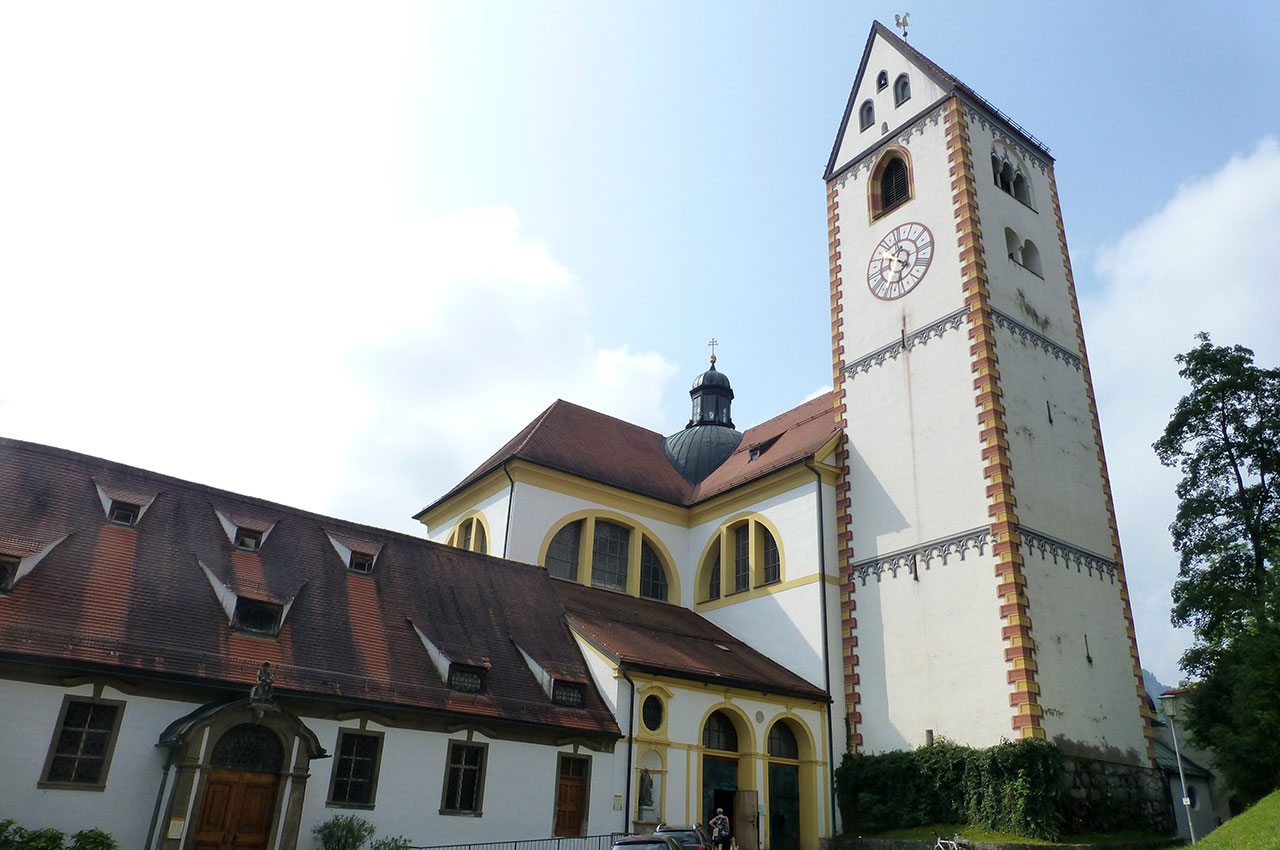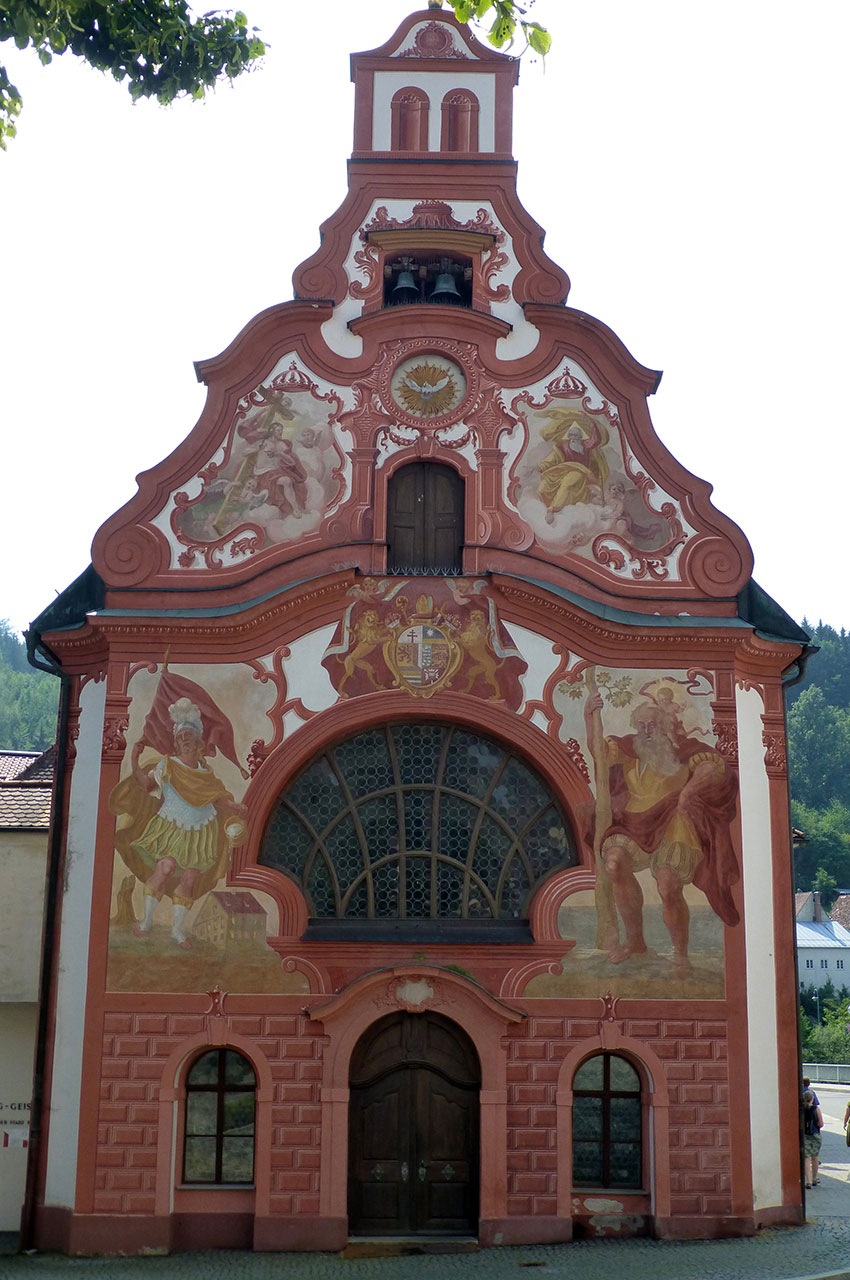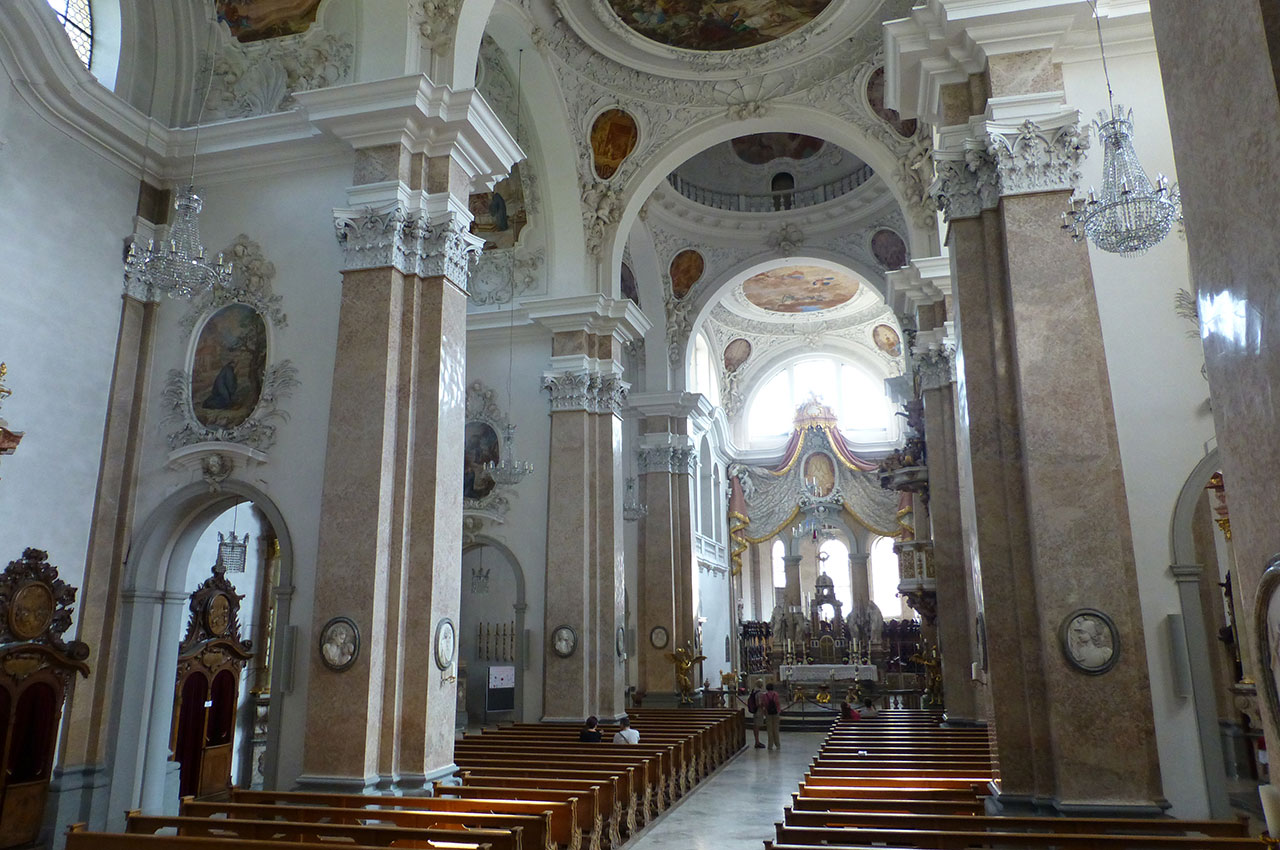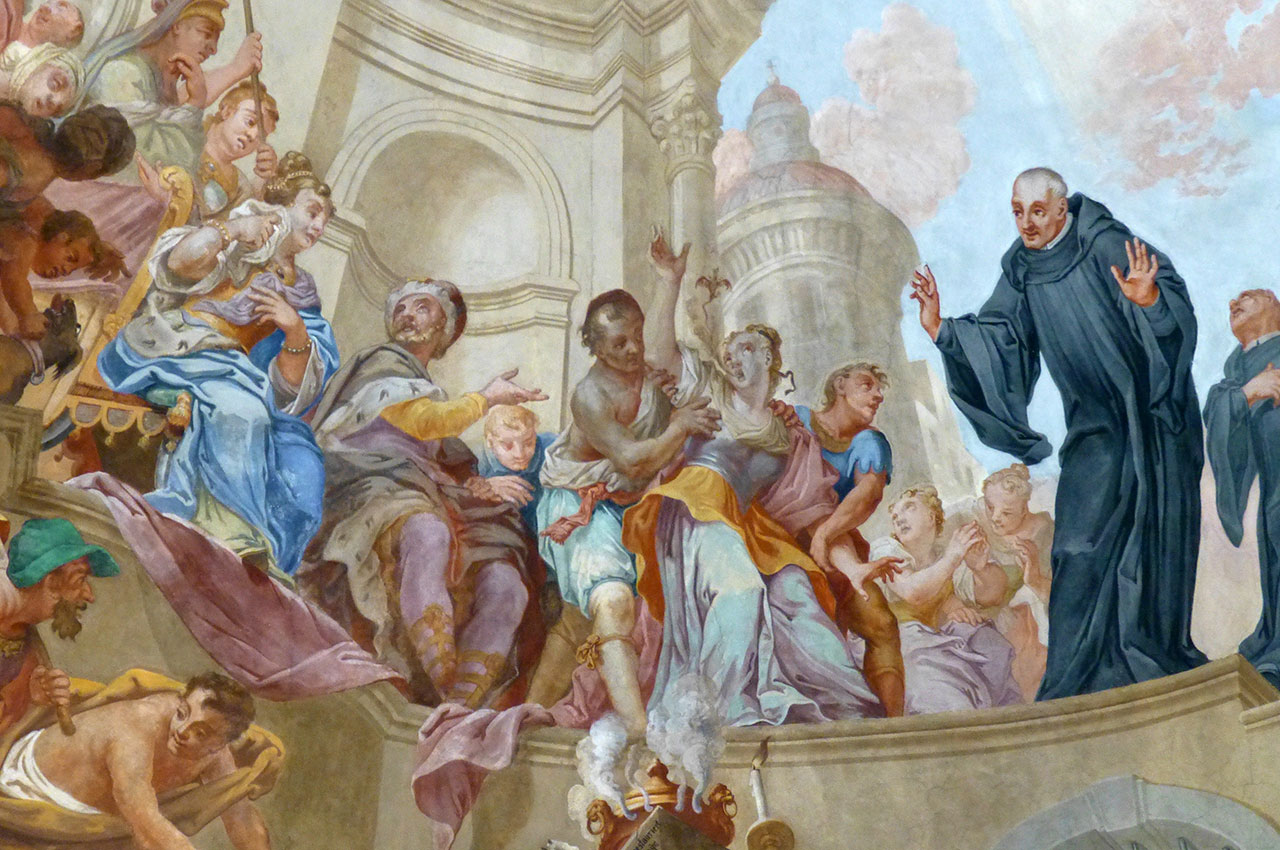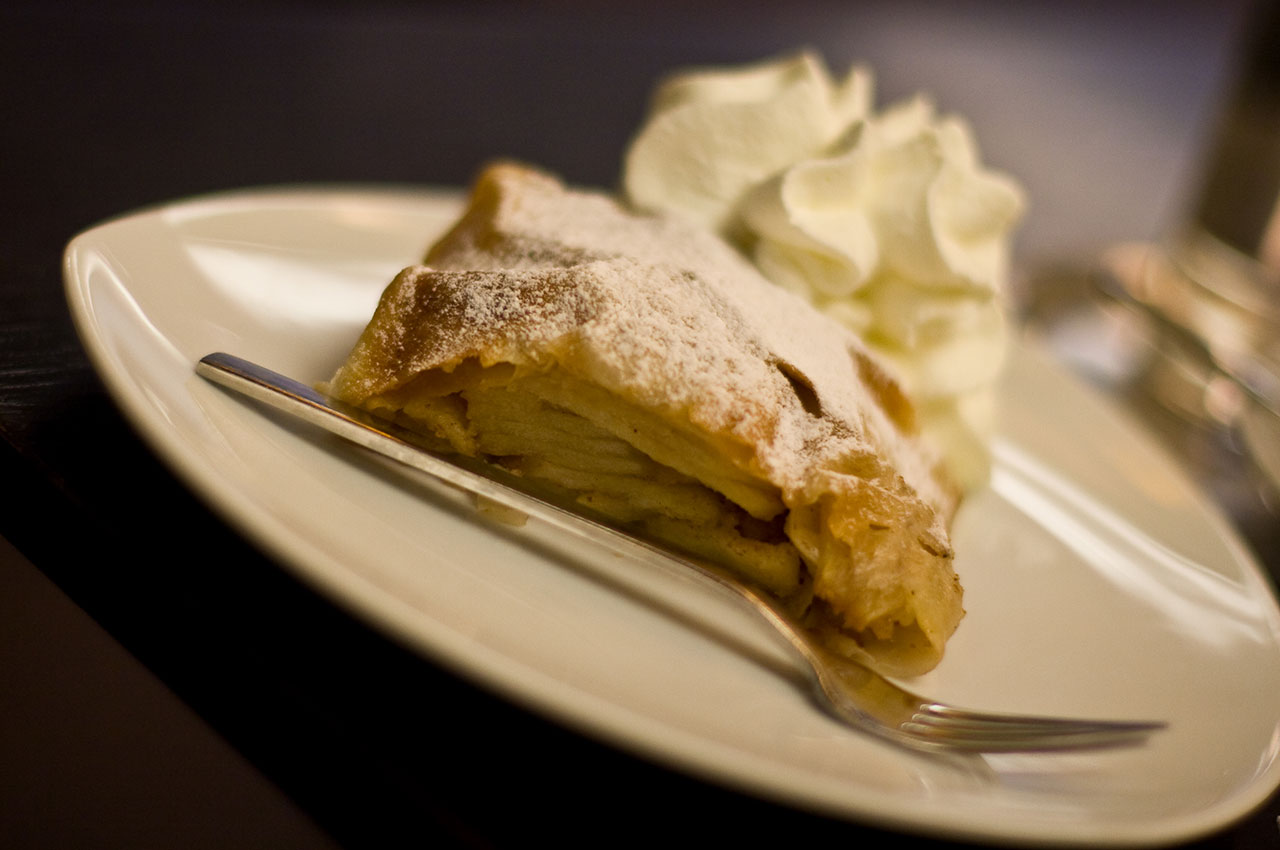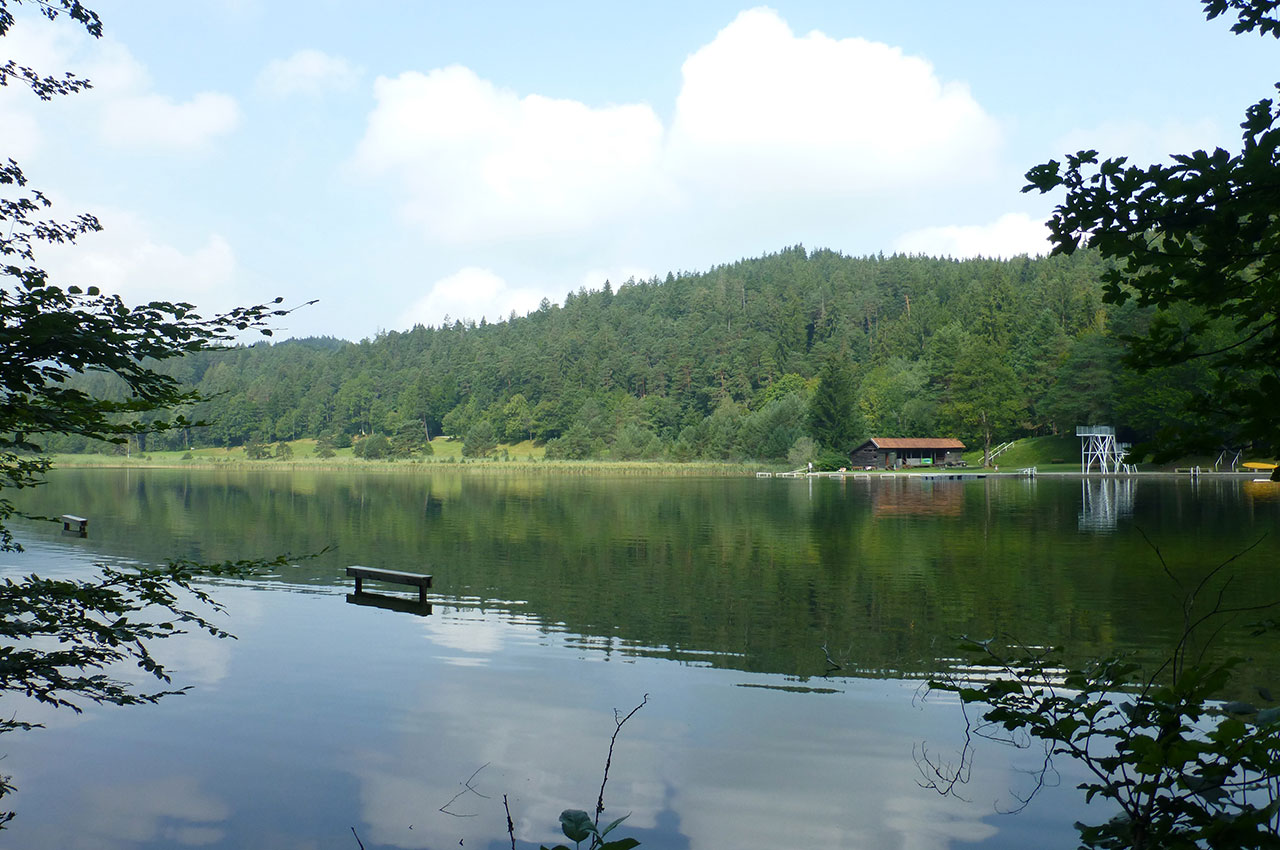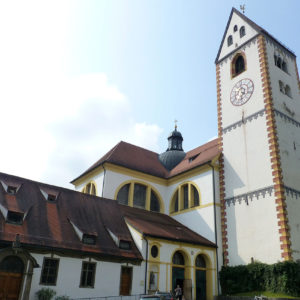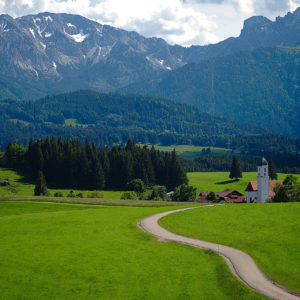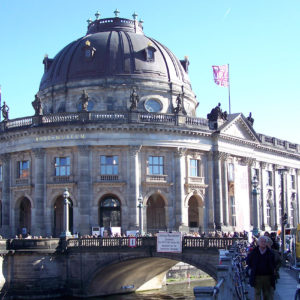6 May 2018
Füssen is the romantic soul of Bavaria, a fairytale land of lakes, rolling hills and majestic mountains. Art and culture await you in the ancient city of Füssen and the nearby royal castles, and you’ll be bewitched by the landscapes of this fascinating world.
